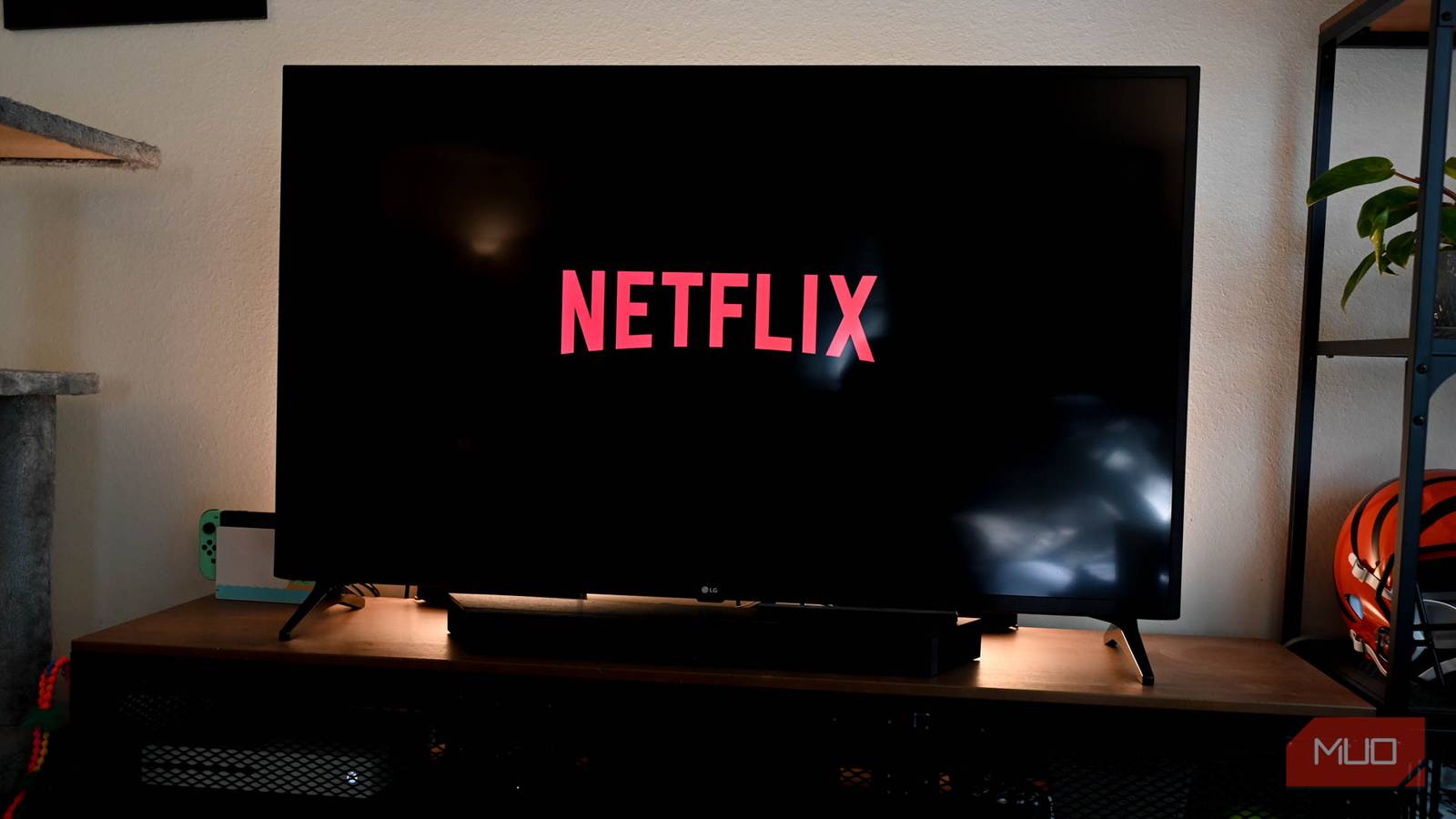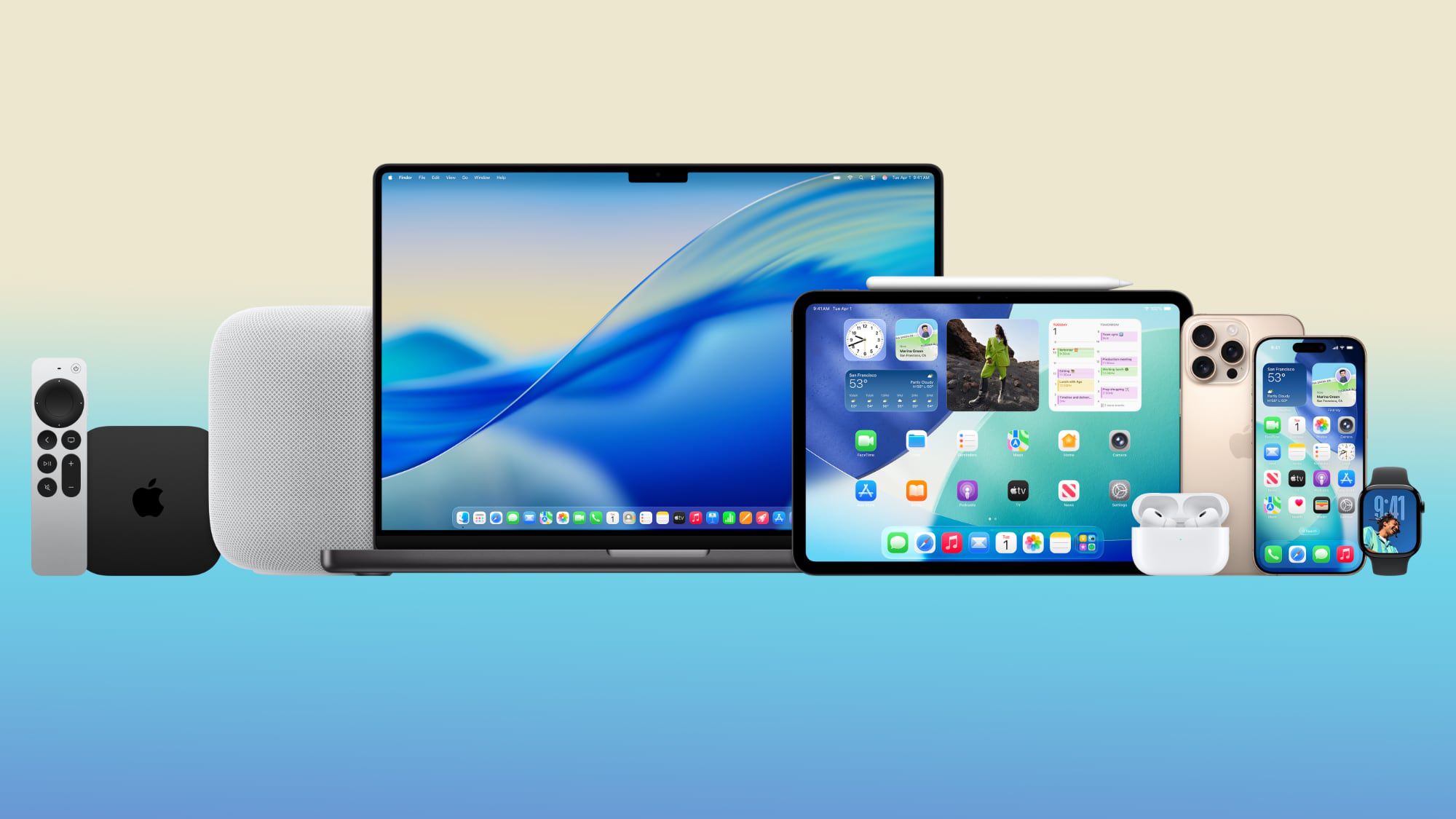The best smartwatches have come a long way in the past decade. The Apple Watch, Google Pixel Watch, and Samsung Galaxy Watch are now packed with health sensors, fitness tracking, and smart features we couldn’t have imagined when they first landed around ten years ago. And yet, one thing hasn’t budged much at all: battery life.
Back then, you were charging your watch every night or, if you were lucky, every other day. Fast forward to now, and despite slimmer chips and clever software tricks, you’re still plugging in at bedtime. Sure, there are “low power” modes that squeeze out an extra day or two, but let’s be honest – that’s just turning your smartwatch into a dumbwatch.
Yes, there are exceptions. Garmin, Suunto, and other sports-focused watches push far longer runtimes, sometimes stretching into weeks. But those watches don’t usually deliver the same polish, app ecosystem, or everyday usability you get from Apple et al. They’re brilliant for training, less so for everything else.
That’s why the next big step has to be solar power. And it feels long overdue.
The Swiss are already doing it
Solar charging isn’t some far-off sci-fi dream – it’s happening right now in traditional watchmaking. Brands like TAG Heuer, Cartier, and Citizen have been quietly embedding invisible solar panels beneath their dials.

These aren’t clunky 1980s digital watches with obvious solar strips across the face – they look just as sleek and refined as their non-solar counterparts. The tech is getting so good you can’t even tell it’s there.
If Citizen can make a watch that runs for months (or years) on light alone, why can’t Apple make a Watch that tops itself up every time you step outside?
Now, I don’t work in product development, so I don’t know the precise difficulty of layering a solar panel behind or inside an AMOLED screen. It’s clearly more complicated than hiding one behind a translucent analogue dial. But if luxury watchmakers can pull it off with such finesse, you’d think the big tech players, with their billions in R&D, could figure it out.
And the demand is obvious. Ask any smartwatch owner what frustrates them most and “battery life” is always near the top. People want more sensors, better displays, and smarter apps, sure. But what they really want is a watch that doesn’t constantly beg for a charger.
Garmin is working on it


To be fair, Garmin has already dipped its toes in. The Instinct Solar, for example, can last up to 54 days in the right conditions. That’s incredible – but there’s a catch. It uses a memory-in-pixel (MIP) display. Those are fine for basic readouts and training stats, but they’re nowhere near as vibrant or smooth as the AMOLED screens we’re used to on premium smartwatches.
So we’re stuck in this weird place: the tech exists, but it’s tied to compromises most people won’t accept. Bright, colourful, responsive displays are now the standard. Nobody wants to give that up just to stretch out a charge.
And that’s exactly why, to me, solar feels like the next big leap. Not another sensor. Not another workout mode. Not another half-baked “low power” setting. A proper rethink of how these watches are powered.
Imagine a smartwatch that doesn’t need daily charging because it’s constantly sipping power from your surroundings. You might still need to charge once in a while, but even reducing charging to once a week would transform how people use these devices.
Until then? Personally, I’m holding off. I don’t need another smartwatch with slightly shinier software or a marginally faster chip. I need one that doesn’t nag me for a cable every night. It’s been ten years. The time for solar-powered smartwatches is now.
Liked this? Super-slim iPhones and stair-climbing robots, is tech getting exciting again?












